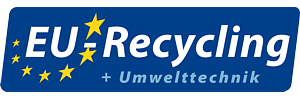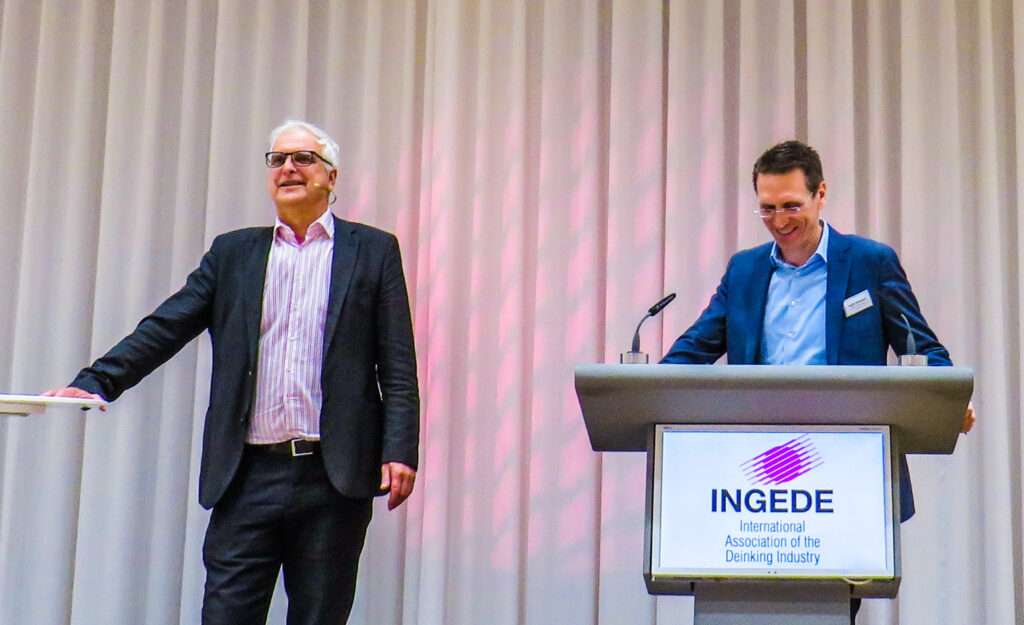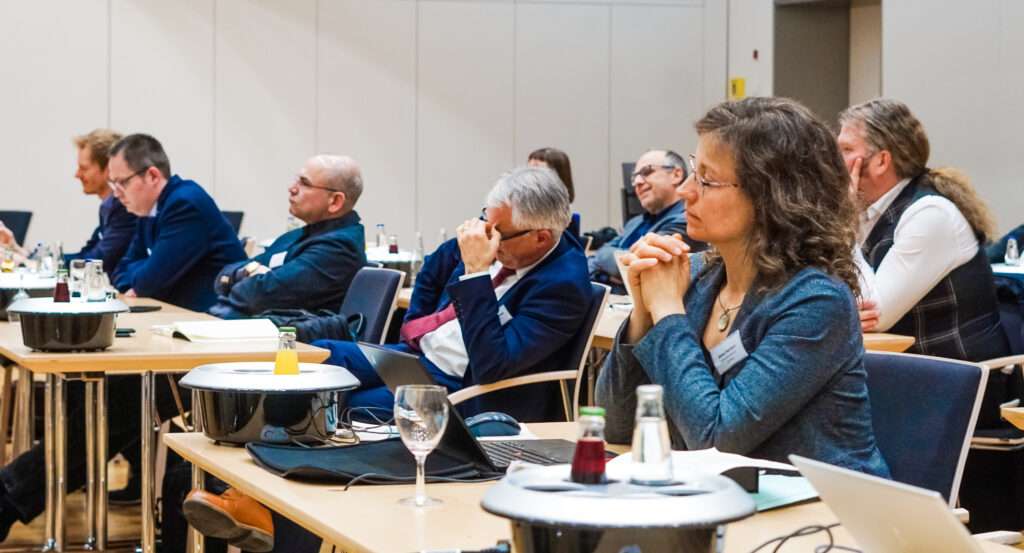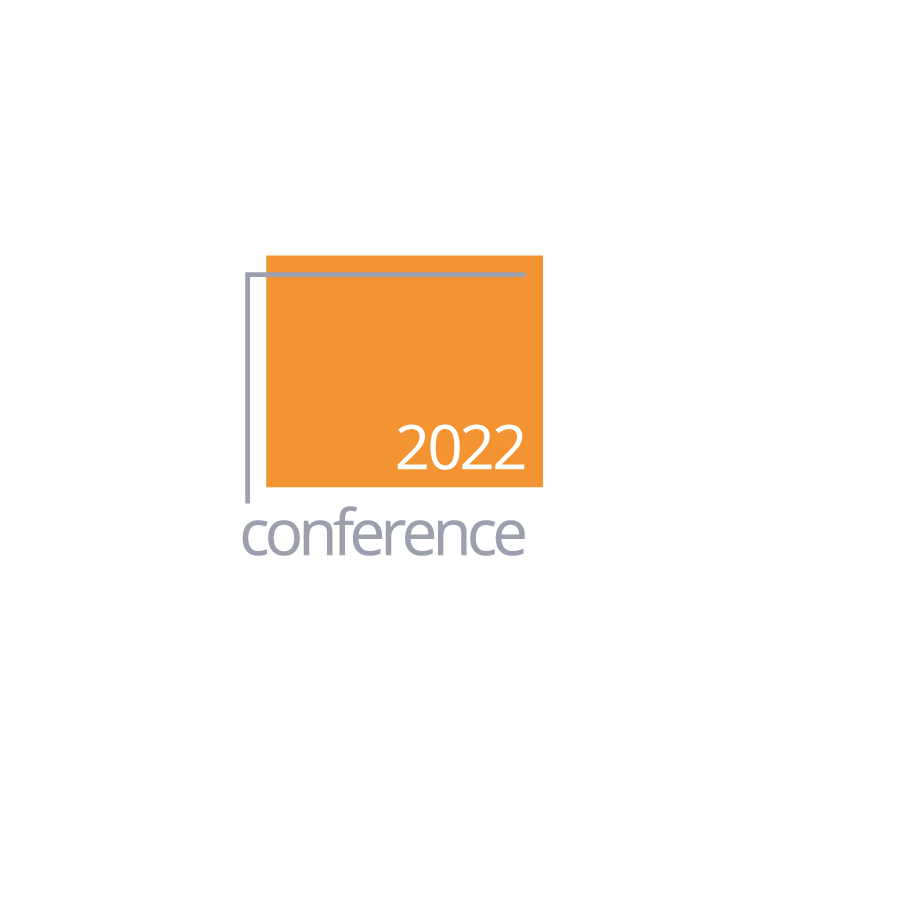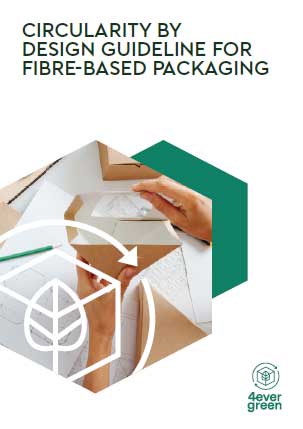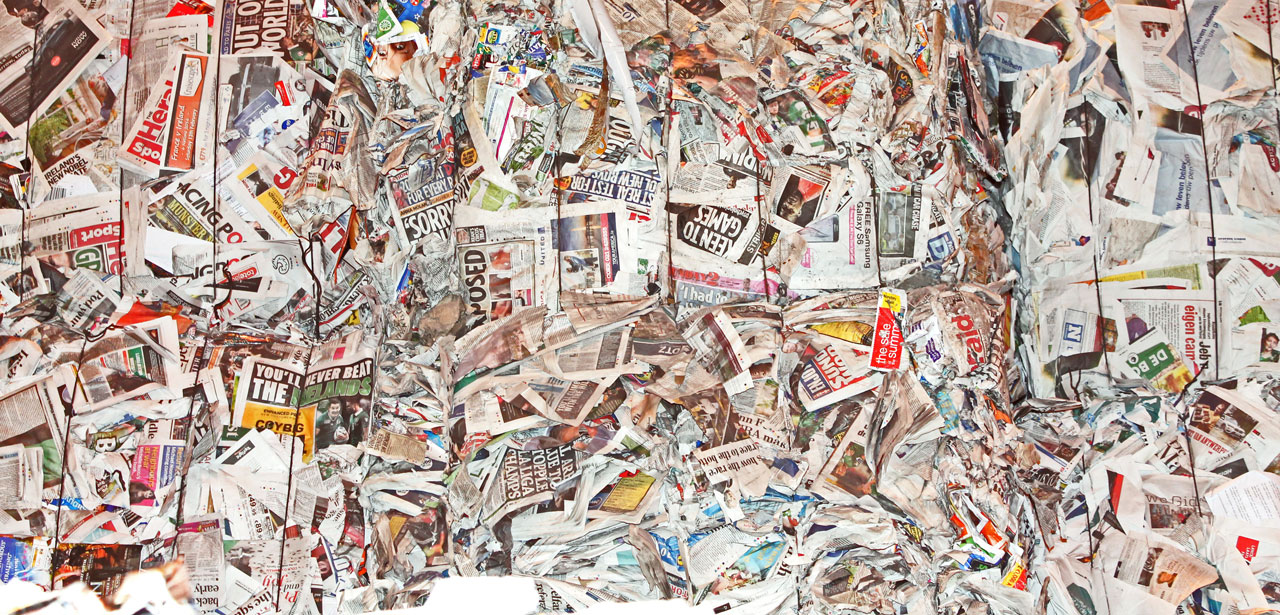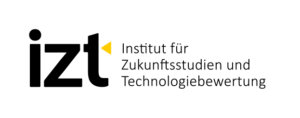INGEDE News June 2022: Availability and quality of paper for recycling were the main topics at the INGEDE Symposium
- Calendar of Events
- INGEDE Symposium on Wednesday, March 9, 2022
- Deinkers are running out of white recycled fibers – the way to more sustainability in the circular economy
- Lots of ink on few fibres
- No “opt-in regulation” for direct mail
- New in the INGEDE Board: Dr. Matthias Friedrich and Andreas Rauscher
- This week: The First International ZELLCHEMING Conference
- Tork PaperCircle – closing the loop for paper hand towels
- Where the paper goes: Print volume analysis
- SUBSCRIBE here to our monthly newsletter!
INGEDE Symposium:
The deinkers run out of
white recycled fibers
Consumption and thus the availability of graphic products continue to decline. At the same time, white recycled fibers are increasingly used not only in graphic products. Among other topics, this year’s INGEDE Symposium on March 9 in Munich dealt with the supply shortage of graphic recovered papers and its causes.
A summary of the symposium by Marc Szombathy (EU Recycling), originally in German
The specialist conference of the deinking industry at the Haus der Bayerischen Wirtschaft took place in a hybrid format for the first time. “Availability” and “quality” were the key topics of the event with an estimated 50 participants in the auditorium and even more online. For the recycling paper industry is in urgent need of raw material: for years the quantities of graphic recovered paper have been declining and their quality that reaches the paper mills. The Corona pandemic and currently the war in Ukraine have intensified this trend. Fewer newspapers and print magazines are being read and more online media are being consumed.
However, these offers do not benefit from more advertising, as Ralph Dittmann (WKS Druckholding GmbH) confirmed in his lecture at the INGEDE Symposium: Despite internet & co. with newsletters and advertising mails, brochure advertising holds its ground. Publishers continue to rely on print and mailing to households. Print advertising is still the more successful advertising.
Studies show that printed leaflets, brochures, inserts, ad sheets or flyers are perceived most by consumers. “For the food trade, the printed flyer is the leading medium in the media mix with an advertising budget share of a good 50 per cent,” Dittmann quoted a study by the EHI Institute from 2021: “70 per cent of the marketing managers surveyed in the food trade also consider the brochure to be indispensable in the future because it is effective, has a large reach and can present a comprehensive product range at a glance.“
The composition of paper for recycling has changed
Nevertheless, the consumption and thus the availability of graphic products for recycling are continuously decreasing. According to Thomas Krauthauf, Chairman of the International Association of the Deinking Industry (INGEDE), white recycled fibres are not only increasingly used in graphic products, but also in non-graphic white paper and packaging segments, in tissue, as well as in technical speciality papers. In 2021, this development, combined with the rapid recovery after the first Corona year, created massive supply bottlenecks for graphic paper for recycling. The resulting shutdowns at manufacturers of graphic recycled paper contributed not insignificantly to the paper shortage at printers. According to Krauthauf, the downcycling of white graphic products into brown packaging products – especially from private household collections – is responsible for the supply bottlenecks. The composition of the paper for recycling in the blue bin has changed, and there are more misthrows. The bins are increasingly filled with packaging paper – and only 50 per cent with deinkable grades. Sorting plants are designed for 60 to 70 per cent deinking grades, and already too much of the collected paper for recycling bypasses the sorting plants and thus the deinking plants of the paper mills and goes directly into packaging. Here, the demand from online trade continues to rise.
The term “waste” should disappear
The deinkers are thus threatened with running out of white recovered fibres. In this context, Krauthauf also expressed the fear that sorting plants could only accept collected paper deliveries for payment, as is already the case with waste incineration plants. This has been discussed for some time and would make deinking and recycling much more expensive. Krauthauf concluded by arguing that the term “waste” should disappear from legislation: “Waste recycling plants are production plants.”
Magali Frontero, founder and managing director of the independent environmental consultancy Ecophyse and vice-president of the waste management association Federec, then presented the collection system for paper for recycling in France, which offers sorting plants incentives to increase sorting performance and is organised through the Citeo, Adelphe, and Leko associations, which represent the interests of French paper and packaging producers. System operators are private sector companies set up by the distributors. These are commissioned by the state authorities to carry out the collection for a period of five years. Licences can be renewed. Citeo has been solely responsible for the collection of graphic paper since 2017. Unlike in Germany, paper and cardboard are also collected in the yellow bag in France.
Consistent quality – and more economical
The presentation by Arne Krolle (PROPAKMA GmbH) promoted the certification of sorting plants in Germany and EU-wide. This would bring more revenue and ensure fewer returns and thus economically optimise the cooperation of operators with paper manufacturers. According to Krolle, the evaluation of sorting via a neutral qualification body and method would enable modern sorting techniques and a comparison of national and international recyclable material quality.
Expanding the resources of recycled fibres could improve the bottlenecks in available fibres within the European Union and also by recycling further sorting streams, Krolle is convinced: Compliance with DIN EN 643 and the INGEDE Methods ensures consistent quality. Certification of the processes on the basis of existing knowledge and current research reduces the workload in incoming goods inspection and enables the targeted use of defined qualities. In December 2021, INGEDE and the Association for Packaging and Corrugated Board Papers (Die Papierindustrie e.V.) launched an evaluation project that will run until 31 March 2023. The following are named as possible research partners: Intecus, bifa Umweltinstitut, TU Clausthal, RWTH Aachen, and Montanuniversität Leoben.
“Who’s paying for the party?”
Is sorting still cost-effective? Detlef Thom (ROWE GmbH) questioned this from the perspective of a plant operator. After all, the amount of paper from household collections is declining, while the share of sales packaging and cardboard in the Blue Bin is increasing significantly. The material composition of packaging is also changing. Due to digitalisation, brochures, advertising inserts, magazines and printed newspapers are declining massively. Functionally coated paper types (composites) are increasingly found in the collection.
The price differences between the grades of mixed paper, old corrugated cardboard (OCC), and deinking are decreasing, while the sorting costs, which are currently only borne by the graphic paper industry, are increasing due to the growth in volume and the higher sorting effort. “Who pays for the party?” In terms of extended producer responsibility, Thom also sees the distributors of non-graphic papers and other packaging materials as having a duty to contribute to the costs of sorting, processing, recycling and disposal: “If there are no regulations, there will be sham sorting.”
Free riders in online trade would continue to have an easy game, which is why Thom also considers a packaging tax necessary. Sorting makes sense in order to return material flows to their original state and should be carried out in the company’s own facilities – and not by the paper mills themselves.
A lot of colour on few fibres
Dennis Voss (Steinbeis Papier) presented INGEDE studies on the deinkability of leaflets and brochures. Is there a connection with the increasing share of advertising printed matter in paper for recycling with a lot of ink on thin paper? In recent years, more and more members of the research community have observed changes in the performance of deinking processes: decreasing brightness levels and problems to even reach the target values after reprocessing. Since this occurs in different companies, a single process problem could be ruled out: It would have to be related to the available raw material, paper for recycling. In the normal deinking mixes and household collections, there is an increasing proportion of advertising leaflets and brochures that are printed in full colour – on thin paper. It shows a lot of colour on little fibre.
In order to determine whether the deinkability of flyers and brochures has changed in recent years and whether the problems in the deinking plants are possibly due to these changes, INGEDE examined specifically selected leaflets in order to vary possible influencing factors in a defined way. However, no direct influence of the paper grade and no direct influence of ash content or ash removal during flotation could be found. Poorer results were also visible for different printing techniques. The deinking potential is determined by the “initial level”, the brightness after pulping (UP), and the possibility of brightness gain during flotation (DP-UP). This is strongly influenced by print image, ink quantity and dominant colours (hue a*). A high ink quantity challenges ink removal during flotation. Under certain conditions, transfer into the process water (filtrate darkening) is also possible.
Can it be used in print shops permanently?
Since 2016, Fogra (Forschungsinstitut für Medientechnologien e.V.) has been working on the market launch of mineral oil-free coldset inks. Philipp Stolper (Fogra) reported on a research project that aimed to develop two ink series for permanent use in print shops. This was to be proven by three-month practical trials. In addition to applicability, one focus was on the deinkability of the products as well as the analysis of mineral oil contents according to the BfR method. The newly developed inks were used in the Frankfurt Societäts-Druckerei; thus the functionality was only tested on one coldset machine type.
First print trials on the coldset machine started in 2018; since then the deinkability of print samples from the coldset machine was monitored using INGEDE Method 11. In 2020, the inks were ready to be used in a long-term trial for three months. During this time, deinkability was regularly checked. In addition, identical print samples were made with the conventional inks of an ink manufacturer. Two types of paper were used for these deinkability tests, one with 50 per cent DIP and one consisting of 100 per cent DIP. Thus, the deinkability of the mineral oil-free inks was compared with that of the conventional, mineral oil-based ink. The results show that the problem of the lack of deinkability of mineral oil-free coldset inks has not yet been solved and further efforts must be made to achieve this goal.
The latest news on the subject of direct mail:
The Ministry of Justice has rejected the request of the German Environmental Aid (DUH) to allow advertising mail only on explicit order (“opt-in regulation”), even in the second attempt for now. A decision on amending the law will not be taken until the next legislative period.
Advertising mail, according to the ministry, is “an important sales promotion tool” for example for the stationary trade. Furthermore, an opt-in regulation could also affect the freedom of the press if, for example, advertising papers with editorial content were to be covered by a ban.
(Source, in German: dpa,
via Süddeutsche Zeitung)
A discussion about paper shortages also on the (American) website PrintPlanet.
The First International ZELLCHEMING-Conference
Cellulose-Based Materials – From Science to Technology will now take place from June 26–29, 2022, in the RheinMain CongressCentrum (RMCC) Wiesbaden, Germany.
What artificial intelligence can offer
In 2021, the joint project ODiWiP of software developer Consultingtalents, Leipa Group, Fraunhofer Institute Dresden (IVV-DD), University of Siegen (IPEM) and Tomra Sorting started. Detlef Eichhorn (Consultingtalents) provided more details. ODiWiP stands for: Optimisation through Digitalisation of the Recyclable Materials Cycle in the Paper Industry, based on the use of modern AI tools. The project is part of the FONA initiative (Research for Sustainability) of the Federal Ministry of Research and Education. The aim is to optimise the paper value-added cycle through digitalisation and the use of artificial intelligence: from the collection and sorting of waste paper, to transport to the paper mill, to processing and actual paper production and shipping logistics. At the industry partner, the prototype of a self-learning digital assistance system with AI-supported forecasting is being developed.
In order to be able to estimate a potential recyclable material
Victor Reutenauer (Fotonower) showed how smart technologies can also be used to characterise material flows in sorting plants. Alena Spies (RWTH Aachen) also gave an insight into the EnEWA research project (energy saving in paper production by opening up the value chains of recovered paper from lightweight packaging, residual waste and commercial waste), which aims to return paper fibres from mixed waste collections to the paper cycle in the sense of a circular economy. The focus is on composite packaging with a share of non-paper material of more than five per cent as well as consumer discards.
In order to be able to estimate the potential for recyclable material, a material characterisation of PPK from lightweight packaging, residual waste and commercial waste must first be carried out. In particular, existing interfering materials for paper production are identified and an evaluation catalogue for the possible recyclable material fractions is created with regard to the necessary additional sorting and processing.
Furthermore, Ulrich Leberle (CEPI) presented a study on the status of separate collection of recyclables and EPR systems in the EU Member States. Jürgen Belle from the University of Applied Sciences Munich (Process Engineering Paper and Biofibres) informed about new material developments from renewable raw materials and how these could be used for example in packaging. Peter Hengesbach (Stora Enso) dealt with packaging based on white virgin fibre, which according to the findings is a potential raw material for deinking plants. But how can the suitability of individual packaging be assessed on a laboratory scale? The 4Evergreen Alliance and INGEDE have looked into this. Almut Reichart (Federal Environment Agency) proved with a new study that the production of graphic papers from recycled fibres is more environmentally friendly than using virgin fibres.
Last but not least, Anne-Katrin Klar (Essity GmbH) presented the “Tork PaperCircle“. This closes the loop for paper towels: “The Tork PaperCircle is a unique, award-winning, circular service that converts waste into new resources while reducing carbon emissions for paper towels. It involves many stakeholders along the recycling value chain and builds on a strong partnership.” The service is reportedly used by more than 130 customers in ten different markets and creates value for all stakeholders.
For more details about the program see www.ingede.com/symposium.
(Carefully edited, translated by help of DeepL, and linked by Axel Fischer)
New in the INGEDE Board:
Dr. Matthias Friedrich and Andreas Rauscher
Two new representatives of the member companies replace the retired board members Manfred Geistbeck and Michael Söffge. Rauscher was elected vice chairman of INGEDE by the general meeting
The general meeting of INGEDE elected Andreas Rauscher (Steinbeis Papier) and Dr. Matthias Friedrich (Stora Enso) as new members of the board. Rauscher was elected Vice Chairman; at the same time, Dr. Thomas Krauthauf (UPM) was confirmed in office as Chairman.

Andreas Rauscher has been Technical Managing Director at Steinbeis Papier since February 2022. He is responsible for the areas of technology, production, and research and development. He came to Glückstadt with a wealth of experience in the paper industry: Most recently, the 56-year-old worked for Zellstoff Pöls AG. At the Austrian company, he led pulp production and production of kraft paper as CEO from mid-2018.
After graduating with a degree in process engineering, Rauscher was able to establish himself as an expert and manager in various executive positions: He got his start at MD Papier in Plattling. His path led him to the UPM Group, first to Steyrermühl, and soon afterwards to the position of mill manager at the Schwedt mill. As Technical Manager at a delfortgroup mill in Finland, he was able to underline his leadership skills and technical know-how. Thus, Andreas Rauscher also recommended himself for the Managing Director position at Steinbeis Papier – and thus also as Vice Chairman of INGEDE, where he is responsible, among other tasks, for public relations.
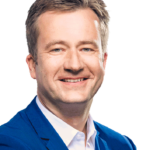 Matthias Friedrich studied mechanical engineering in Aachen, Germany, where he earned his doctorate after completing a master’s thesis at the Fraunhofer Resource Center in Massachusetts, USA. He started at Stora Enso, first at the Maxau mill (Karlsruhe), then two years in China at Stora Enso Huatai (Shandong) Paper, Dawang. He then became Director Business Development & Investments at the Publication Paper Division in Düsseldorf, Germany, and in parallel also acquired additional qualification through an Executive MBA Study at TiasNimbas Business School in Eindhoven (Holland) and Bradford University (UK). Since 2016, he has been Senior Vice President, Head of Operations Paper Division, at Stora Enso in Düsseldorf.
Matthias Friedrich studied mechanical engineering in Aachen, Germany, where he earned his doctorate after completing a master’s thesis at the Fraunhofer Resource Center in Massachusetts, USA. He started at Stora Enso, first at the Maxau mill (Karlsruhe), then two years in China at Stora Enso Huatai (Shandong) Paper, Dawang. He then became Director Business Development & Investments at the Publication Paper Division in Düsseldorf, Germany, and in parallel also acquired additional qualification through an Executive MBA Study at TiasNimbas Business School in Eindhoven (Holland) and Bradford University (UK). Since 2016, he has been Senior Vice President, Head of Operations Paper Division, at Stora Enso in Düsseldorf.
Intensifying the dialog
The common goal of INGEDE members is to maintain and improve the recyclability of graphic printed products. In practice, this means that these print products should serve as raw materials for the production of white, mostly graphic papers. This in turn requires the use of recyclable (deinkable) printing inks, printing systems, and adhesives. On the INGEDE Board, I will do my utmost to maintain and intensify the dialog with the manufacturers of printed products, printing systems, and inks as well as adhesives, and to further improve the common understanding of recyclability.
Andreas Rauscher
The structural decline of graphic papers and the increasingly difficult supply of suitable paper for recycling for new graphic paper makes it crucial for all market participants to keep recycling rates high and to consistently implement “end of waste” principles. INGEDE makes a valuable contribution in channelling and formulating interests.
For Stora Enso, INGEDE is important to continue to ensure the recyclability of paper and board products and to improve it together with our cooperation partners.
Matthias Friedrich
Where the Paper Goes:
The Coverage of Print According to the Current Allensbach Market and Advertising Media Analysis (AWA)
In its AWA 2022 analysis, the Allensbach Institute for Public Opinion Research reports declining readership for the majority of magazines and newspapers. Only nine of the top 50 magazines gained. Among the daily newspapers, only “Handelsblatt” gained, while “Bild” and the regional newspapers suffered significant losses.
More (in German): Meedia.de
Picture: Fischer/INGEDE
“Electronic media only sometimes have ecological advantages.” This was the title under which the VDMA, as the client, published the IZT study on the ecological comparison of print and online media. Before the publication of these studies in 2012, concrete data on the environmental effects of digital media use were hardly available. Against this background, the IZT examined various electronic and print media with regard to their environmental impacts in production, distribution, use and disposal. Four media comparisons took place: 1. book versus e-book, 2. daily newspaper (“Die Süddeutsche”) versus online newspaper, 3. print catalogue (“Otto”) versus online catalogue, 4. textbook versus online library. Read more here (in German).
SUBSCRIBE here to our monthly newsletter!

